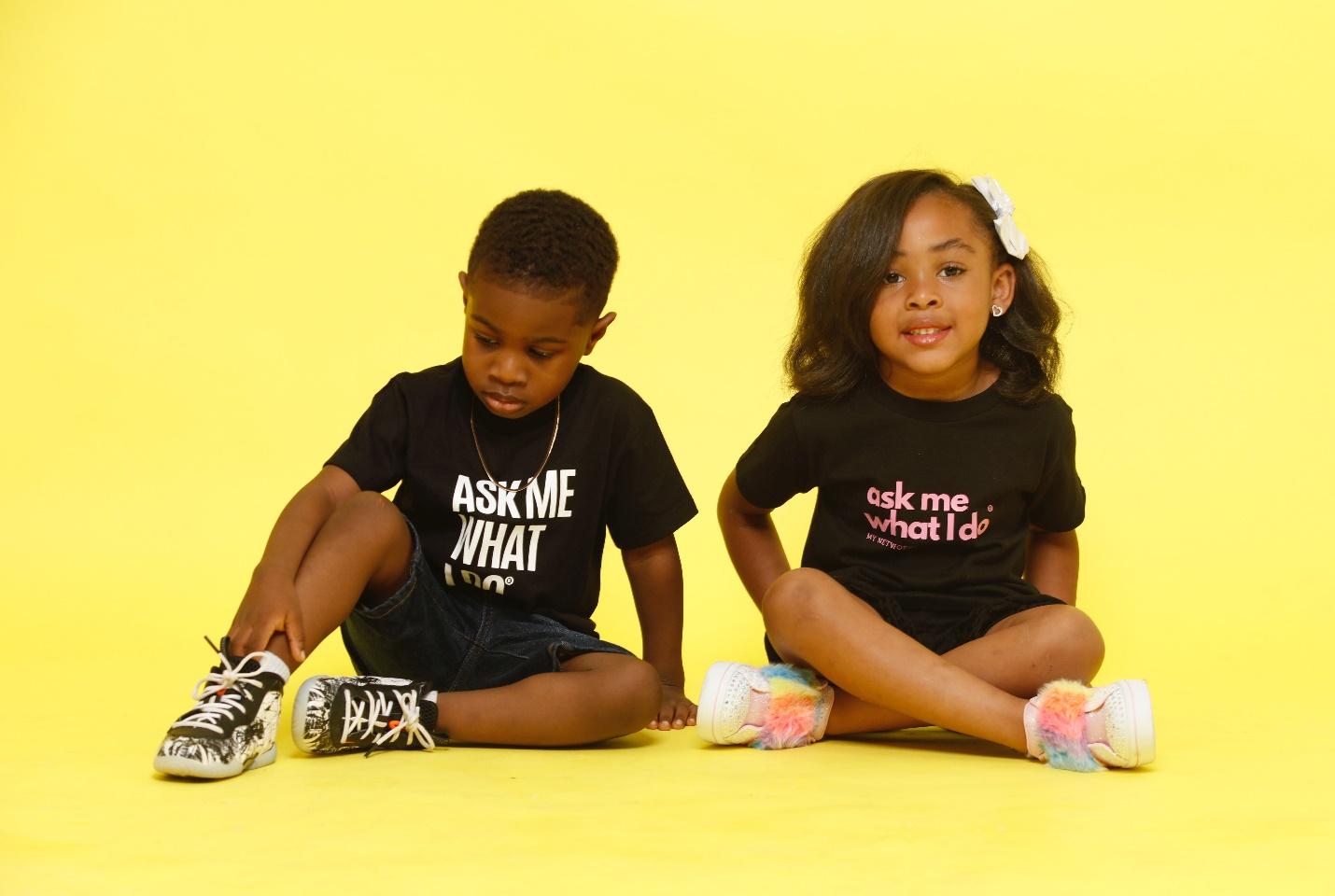Purchasing clothing for kids may be both enjoyable and difficult. Having so many alternatives available can easily lead to feelings of overload. You will be guided through the process of purchasing children's clothing with comfort, style, and functionality in mind by following this tutorial.

Recognize Your Child's Needs
It's important to know your child's individual needs before you go shopping. The clothes that are needed for babies are very different from those for older children. Think about things like your age, size, the weather, and the purpose of the clothing. For example, whereas older children may require more robust, fashionable clothes for play and school, babies require soft, comfy clothing that is simple to remove for changing diapers.
Put safety and comfort first.
Your primary priorities should be comfort and safety when it comes to baby clothing. Choose breathable, soft materials like cotton that are kind to sensitive skin. Steer clear of clothing with tiny buttons, loose strings, or anything else that could snag someone's throat. When purchasing clothing for children, make sure it fits properly and is devoid of any potentially dangerous embellishments.
Select the Appropriate Size
Choosing the correct size might be challenging because children grow quickly. Always consult the manufacturer's size charts, and if you plan to buy a size larger to account for growth spurts, do so. To make sure that baby clothes is not too tight and uncomfortable, it is preferable to have slightly larger ensembles.
Think About the Seasons
The kind of children's clothes you should purchase is greatly influenced by seasonal variations. Choose breathable, light-weight clothing for the summer to help your youngster stay cool. Layers and warm materials like fleece or wool are essential in the cold. To keep your infant comfortable all year round, make sure you have the right clothes for each season.
Seek Out Washable Fabrics
Select fabrics that are simple to clean and care for because children's clothing needs to be washed frequently. Blends of cotton and polyester are great options since they are resilient and retain their softness and form even after several washings. Make sure the materials used to make baby clothes are soft on the skin and don't need complicated cleaning instructions.
Put Pragmatism First
Though style is important, functionality shouldn't be disregarded. To make dressing and undressing your infant easier, choose clothes with snap closures, elastic waistbands, and expanding necklines. Children's apparel needs to be strong and resilient to the rigors of rough and tumble play. Steer clear of fragile materials that discolor or tear easily.
Shop Savvily and Economically
Since children outgrow clothing quickly, it's a good idea to shop carefully. To find the finest bargains, look for sections with sales, discounts, and clearance items. If you want to save a lot of money on children's and newborn clothes, try purchasing off-season. Additionally, look for gently used goods in thrift stores and online marketplaces. This can be an affordable way to keep up with your child's evolving clothing demands.
Engage Your Youngster
When kids get bigger, take them shopping with you. Allowing children to select the colors and styles they prefer will increase their enthusiasm for donning the clothing. They are also able to establish their preferences and sense of style with this exercise.
Verify the Quality
Over time, purchasing high-quality children's apparel can help you save money. Better quality clothing is typically more comfortable, more durable, and able to survive repeated washings. Verify the clothing' overall structure, stitching, and fabric quality to be sure you're getting a good deal.
Keep Up with the Trends
While comfort and functionality are paramount, it's also enjoyable to follow the newest styles in children's apparel. You don't have to spend a fortune on expensive labels to follow trends. Seek for reasonably priced, fashionable items that can give your child's wardrobe a little flair.
Conclusion
When purchasing kids clothing, comfort, usefulness, and style must all be considered. You can make sure that your child has a positive and productive shopping experience by being aware of their needs, selecting the appropriate sizes, and placing a high value on quality and safety. In order to stay within your budget, don't forget to include your child in the process and shop wisely. Cheers to your shopping!
 icons at the top right corner of the subsection.
icons at the top right corner of the subsection.